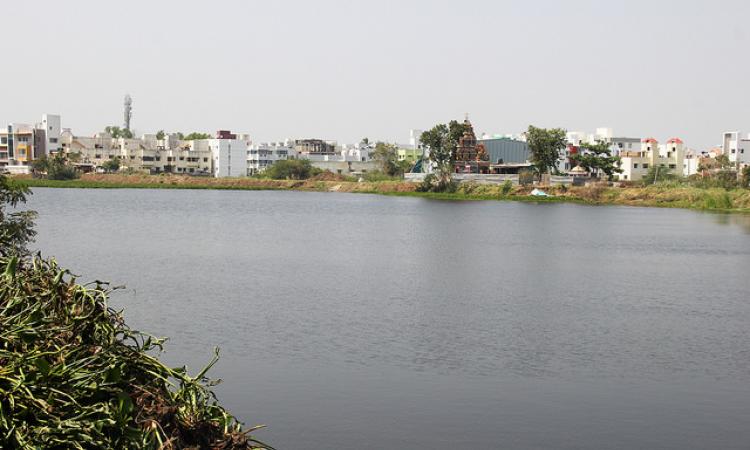
Districts with higher levels of urbanisation have a higher risk for the outbreak of cholera, a new nationwide study by the Indian and international experts has revealed.
This is because of uneven allocation of funds for water and sanitation infrastructure within districts with urban centres in a district getting more funds than rural areas. The use of improved sanitation facilities in urban areas in India has increased to 63 percent as of 2015, while it has gone up to only 28 percent in rural areas.
“It appears that families living in rural areas of districts with more cities are at a higher risk, perhaps because the resources in these districts are allocated to the urban areas, neglecting the rural areas of the district,” the researchers have observed in their study in the journal PLOS One.
The study has also found a large scale underreporting of cholera cases. There is a significant variation between the actual number of cases being reported and the ground reality based on the various risk factors. For instance, the study says, Uttar Pradesh did not report any case despite having areas that qualified as “high risk” zones. The reasons for underreporting include limited disease surveillance, inadequate laboratory capacity especially at the peripheral health care centres, and a reluctance on the part of the authorities to acknowledge the problem for fear of societal repercussions.
The findings are based on district level data of cases reported between 2010 to 2015 from the Integrated Disease Surveillance Programme, and socioeconomic characteristics and coverage of water and sanitation obtained from the 2011 census report. Researchers used this data to perform spatial analysis to identify cholera hotspots and employed a modeling method called “zero-inflated Poisson regression” to identify the factors associated with cholera and predicted case counts at the district level.
A total of 27,615 cholera cases were reported during the six-year period. As many as 24 out of the 36 states in the country had reported cholera during these years. Of them, 13 states were classified as endemic. In terms of districts, out of the 641 districts in the country, 78 districts in 15 states were identified as “hotspots” based on the reported cases. However, 111 districts in nine states were identified as “hotspots” from a model-based predicted number of cases.
Overall, one-fourth of the districts in India reported cholera and 90 districts of them have been identified as hotspots, making cholera a widespread public health problem in the country. It is a major problem in West Bengal, Karnataka, Chhattisgarh, Punjab, and areas of Himachal Pradesh adjoining Punjab. In addition, most districts in Karnataka have been identified as cholera hotspots. The risk for cholera in a district is linked with poor sanitation and drainage conditions and the urbanisation level in the district.
The research team included Mohammad Ali and David A. Sack of Department of International Health, Johns Hopkins Bloomberg School of Public Health; Nirmal K. Ganguly, Sanjukta Sen Gupta, and Nisha Arora of Policy Center for Biomedical Research, Translational Health Science and Technology Institute; Pradeep Khasnobis and Srinivas Venkatesh of National Center for Disease Control; Dipika Sur of Indian Public Health Association; and Gopinath B. Nair of World Health Organization. (India Science Wire)
/articles/risk-cholera-increases-urbanisation-study